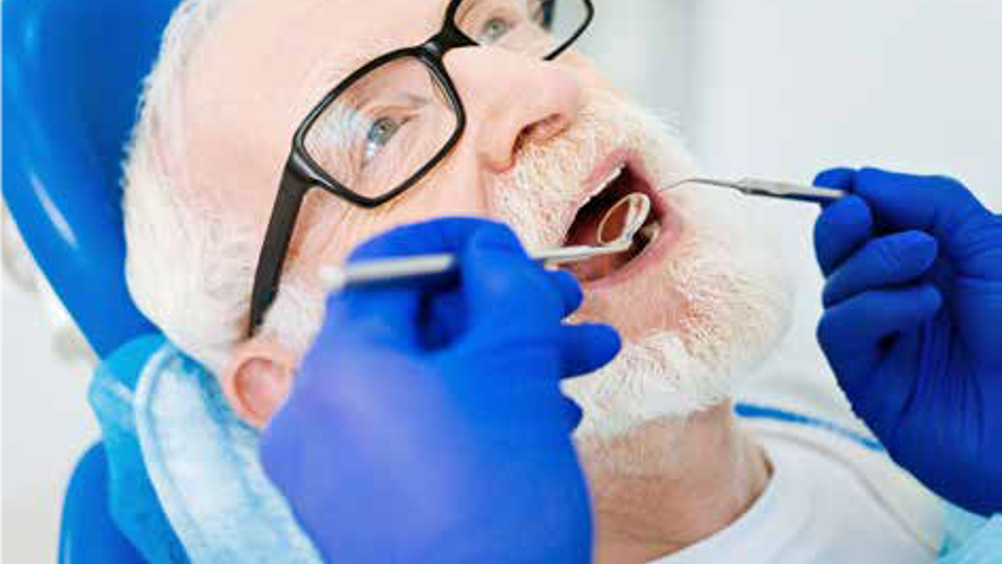New treatment options

Hani Mostafa looks at the benefits that silver diamine fluoride can bring.
Hani Mostafa looks at the benefits that silver diamine fluoride can bring.
The chemistry of caries and the use of silver diamine fluoride (SDF) in dentistry to treat dentine hypersensitivity and for caries arrest have always been of great interest to me. Silver compounds have long been used for a variety of medical purposes, acting as an anti-microbial agent and in dentistry for caries management, while fluoride promotes remineralisation of tooth structure.
The potential of SDF
Silver diamine fluoride has come into its own recently and clinicians like myself are realising the important role SDF has to play in minimally invasive dentistry, treating hypersensitivity, and in my opinion, for caries control and prevention.
One main concern of using SDF is that it can turn carious lesions black as a result of the reduction of silver ions to metallic silver and silver oxide over time. To counteract this it is possible to bind free silver ions with an application of potassium oxide (KI).
Register now to continue reading
WHAT’S INCLUDED
-
Unlimited access to the latest news, articles and video content
-
Monthly email newsletter
-
Podcasts and members benefits, coming soon!

